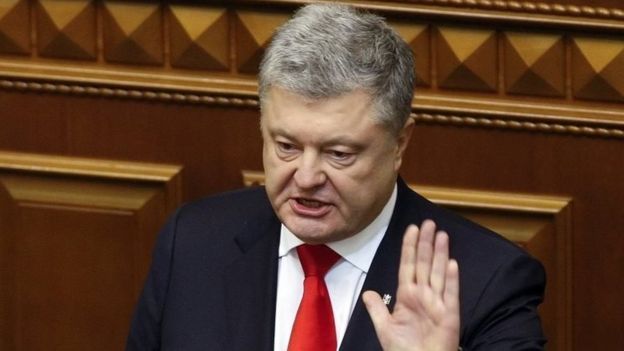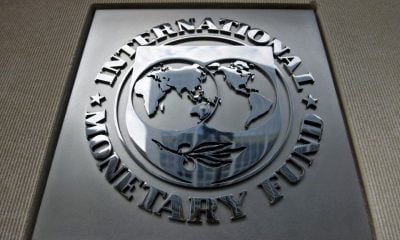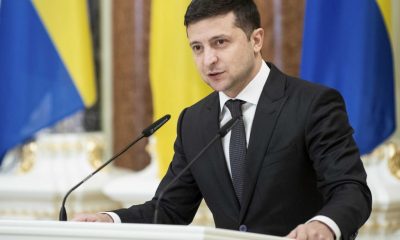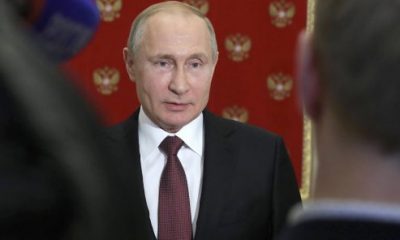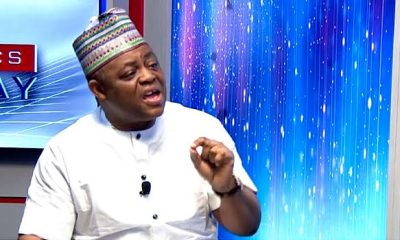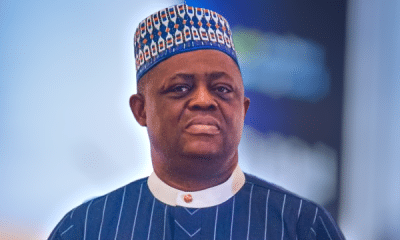Russia Ukraine War
Russia vs. Ukraine: The political chess behind the escalating tension between countries
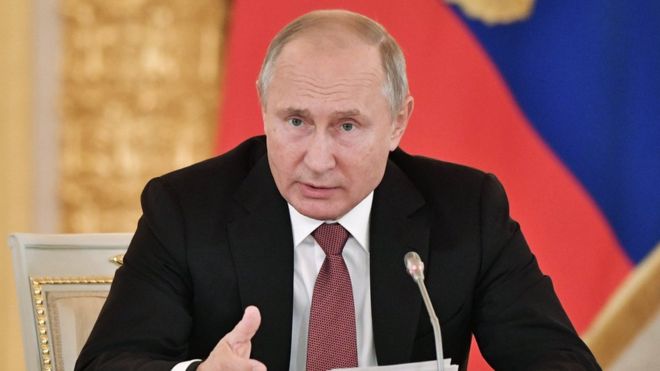
Putin faces a moment of relativity difficulty in Russian government
The incident involving Ukrainian ships in the Kerch Strait, now controlled by Russia, is yet another dangerous chapter in the crisis between the two countries that threatened stability in eastern Europe almost five years ago.
On Sunday, three Ukrainian navy ships entered Russian territorial waters and carried out maneuvers for a few hours and were then attacked by the Russian fleet. Three Ukrainian soldiers were injured, and the ships were retained by the Russians.
The history of disagreements between Russia and Ukraine in the Sea of Azov, where the straits lie, comes long before the revolution that toppled then Ukrainian President Viktor Yanukovich and opened an unprecedented crisis between the two countries in 2014.
Already in 2003 the focus of the disagreement was an island, Tuzla, which is in the Strait of Kerch. The issue was settled with an agreement which, among other things, established that Russian and Ukrainian vessels had freedom of navigation in the area. The text is still in force – and its rules continued to be observed even after the annexation of Crimea by Russia.

Ukrainian vessels seized remain under Russian control
The situation began to change after the construction of the bridge in the Kerch Strait, creating a land connection between the Crimea and mainland Russia. The government of Ukraine considers the work illegal and has received the support of a large part of the international community.
In addition to the diplomatic question, a practical issue has left Ukrainians worried.
With a central span of 35 meters high, the new bridge limited the passage of part of the vessels to the port of Mariupol, where much of the Ukrainian metallurgical production is disposed of. In addition, the Russians now demand that all ships passing through the area request prior authorization and submit to an inspection.
According to reports from Ukrainian authorities, some of these scans came to retain the ships for days. The Russians defend themselves by saying that it is only a security measure, to prevent attacks against the bridge.
In Sunday’s incident, both sides insist they are right. The Ukrainians say they met the demands of the Russian authorities, warning them in advance of Kerch’s passage of ships. Russia says it never received any warning and that the area was temporarily closed for navigation.
The Ukrainian response was immediate and surprised by the force. President Petro Poroshenko decreed martial law in the country, a measure that was not adopted during the worst days of the conflict in Donetsk or after the annexation of the Crimea. The government says the situation is critical – and that it acts to defend the interests of the Ukrainian people.
Effective as of Tuesday, martial law allows the government to convene civilians for military service, institute curfew, restrict free movement of persons, and conduct inspections and document checks. In other words, in the event of Russian aggression, Ukraine would, in theory, be able to mobilize more quickly to react.
A priori, the law is valid for the next 30 days in 10 specific regions of the country, mostly on the border with Russia.

A car was burned during protests in front of the Russian embassy in the Ukrainian capital Kiev on Sunday
Electoral Calculation
But the situation suggests that an electoral calculation would also be involved. Facts linked to national sovereignty and security always produce results at the polls, experts say.
In March of next year Poroshenko contends for re-election and, to date, is only third in the polls, led by former Prime Minister Yulia Timoshenko. Poroshenko was elected in 2014 promising to pacify the country after the “EuroMaidan”, a wave of pro-European Union street protests and against the government.
Poroshenko promised to reduce Russian influence in the country, modernize the government and attack corruption. Of the promises, little left the paper. The economy is still recovering at a slow pace after many years of recession, the East is living a war with no prospect of ending, and corruption in society is still more alive than ever. No wonder it’s so bad at polls.
The Ukrainian president thus tries to throw the crisis in his favor.
For political scientist Ian Bremmer, president of the consulting firm Eurasia Group, it is striking that Poroshenko did not use martial law at any point in his presidency. But now, within a few months of the election, the conversation seems to be another.

The Ukrainian vessels that were captured after entering Russian waters
In a recent article published by the Bloomberg news agency, Russian journalist Leonid Bershidsky reinforces this idea, noting that the motto of the campaign for re-election is “Army, Language, Faith,” a nationalist tone that potentially has much to gain from the crisis.
Some believe that the situation could lead to armed conflict, especially with President Poroshenko leaving the possibility open in the decree published on Monday.
Leonid Bershidsky states that neither side is interested in opening a new front. But the political scientist and professor of international relations at UERJ (University of the State of Rio de Janeiro) Maurício Santoro believes that the moment may lead to more violence, even more with a leadership in search of legitimacy within the country.
“There is always the possibility that the conflict will become more violent in the face of the successive crises of the Russian and Ukrainian governments and the possibility that they will try to use this international conflict to gain popularity internally. confrontation between the two countries. ”
Bershidsky also believes that Russian President Vladimir Putin should try to use the case in his favor. He does not face the best days of his administration, with popularity ratings falling because of the pension reform plan, which will raise the minimum retirement age. The Russians also have some resistance from the international community to condemn the country.
How will the US and Europe react?
So far no strong statements or promises of new measures have been made, such as economic sanctions.
In an emergency meeting at the UN Security Council, US ambassador Nikki Haley said the Russian action was “outrageous.” President Donald Trump said only that the White House “is not happy with the situation.”
But for Mauricio Santoro, the American reaction must be just in the words.
“Since the presidential campaign (2016), Trump has been critical of the harshest approaches to Russia and basically presenting the idea that Russian actions in eastern Europe, including Ukraine, would not be a reason for threat to American security “This comes with Trump’s effort for Europeans to pay more for NATO’s account, to come with greater support for the issue of international security,” says the professor.
“That is why we can not imagine a more incisive response from the Trump on the Russian crisis. This response, if it comes, will come from the European Union, especially from Germany, which will try to mediate a larger dialogue with the Putin government.” he says.
So far the White House has not reported whether Trump will address the recent crisis in the Azov Sea at its bilateral meeting with Vladimir Putin at the G20 leaders’ meeting this week in Argentina. The information so far is that the meeting is held.

